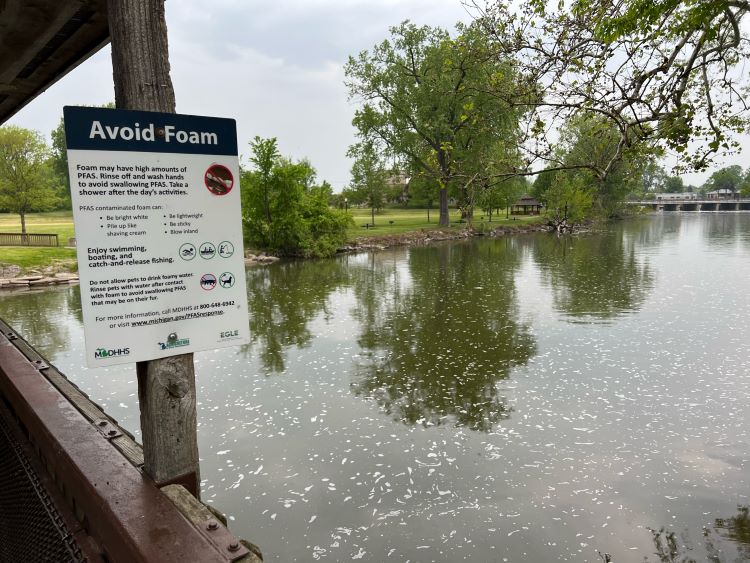PFAS Toxicity Exacerbates Environmental Injustice for Communities of Color
Share
Explore Our Galleries
Breaking News!
Today's news and culture by Black and other reporters in the Black and mainstream media.
Ways to Support ABHM?
By Jonathan Sharp, New York Amsterdam News

Environmental racism is burdening communities of color nationwide, fueled by past oppressive policies and practices such as racial segregation. Racial segregation has been forcing Black communities to live near pollution hotspots, including truck routes, industrial sites, airports, military bases, and landfills, which results in unreasonable toxic exposure. To understand the severity of the problem, it is important to note that Black people are 75% more likely than the average American to live near facilities that produce hazardous waste.
While communities of color in close proximity to pollution hotspots are constantly exposed to fumes, toxic dust, ash, and soot, they also often drink water contaminated with perfluoroalkyl and polyfluoroalkyl substances, commonly known as PFAS or “forever chemicals” because they persist in the environment and the human body for a long time. These substances pose a great danger to health. Exposure can be responsible for thyroid disease, high cholesterol, liver disease, fertility issues, and pre-eclampsia, as well as possibly fatal illnesses such as testicular, kidney, breast, and prostate cancer.
“Forever chemicals” refer to a group of approximately 15,000 substances. The most-studied chemicals in this class are PFOA and PFOS. The International Agency for Research on Cancer classified the former as a possible carcinogen in 2014 and the latter in 2023. If these chemicals are released in areas where people of color live, they can easily infiltrate drinking water sources, causing serious toxic exposure and endangering health.
Once PFAS are present in the bloodstream, it takes nearly four years for their level to go down by half, assuming no additional exposure occurs, which is rarely the case in Black communities.
Word in Black has the details.
Find more recent Black news.









Comments Are Welcome
Note: We moderate submissions in order to create a space for meaningful dialogue, a space where museum visitors – adults and youth –– can exchange informed, thoughtful, and relevant comments that add value to our exhibits.
Racial slurs, personal attacks, obscenity, profanity, and SHOUTING do not meet the above standard. Such comments are posted in the exhibit Hateful Speech. Commercial promotions, impersonations, and incoherent comments likewise fail to meet our goals, so will not be posted. Submissions longer than 120 words will be shortened.
See our full Comments Policy here.